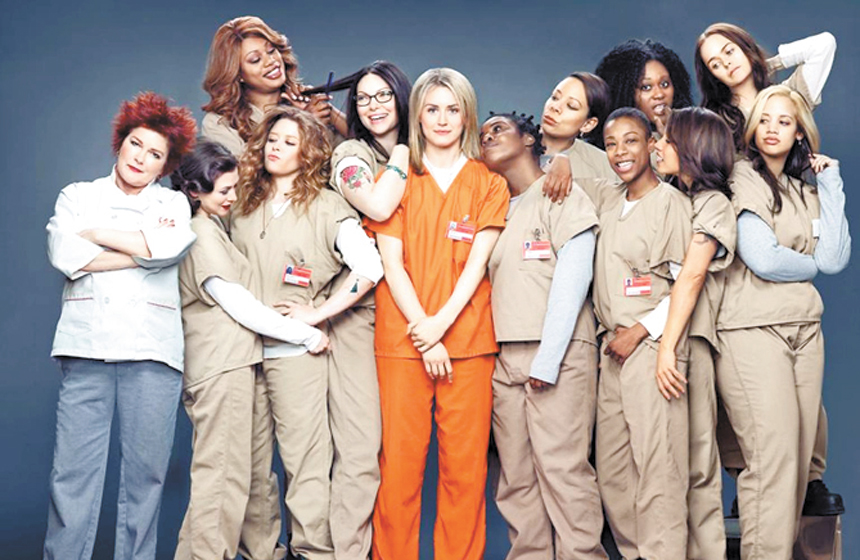
So, I know I’m pretty late in jumping aboard the Scandal train, but that’s what Netflix is all about, right? Right. This week (after finally getting all caught up on Mad Men of course) I decided Scandal would be my next Netflix drama to watch and damn, let me just tell you, I was far from disappointed. The overall positive reaction stemmed not from the script or the production quality, rather it was the refreshing complexity of the cast of characters that immediately had me hooked. Complex characters are, to me, something that have been so missing from television, too often sacrificed for a plot full of twists and turns designed to keep viewers coming back. I’ve noticed that shows that focus on character development rather than plot development are typically much more able to sustain long term high quality whereas there is only so much you can do with plot development. Complex characters give viewers something to latch onto because real people are complex. I see a bit of myself in each character of Scandal because they all operate on multiple levels: career, personal, romantic, head vs heart, etc. The show, thus far, explores what happens when these levels establish conflicting interests and this, my friends, is what had me sold after one episode.
It also doesn’t hurt that the protagonist Olivia Pope is a powerhouse woman who is a highly intelligent and confident leader. However, she is not dehumanized into “the bitch” figure often associated with women in charge, but rather highly respected by her colleagues and very relatable on a personal level to the audience. By this I mean that she is a complicated person just like you and me, one who’s leadership role doesn’t detract from her humanity.
My final piece of praise is for the show’s creator Shonda Rhimes and the writing team who manage to address at-large social and political topics in an extremely natural and nonjudgmental way. The whole purpose of Pope’s organization is to offer help to people without judgement. In the first two episodes this includes a potential murderer and a high end prostitution ring “Madame.” The show’s ability to address issues of politics, homosexuality, and the sex industry unflinchingly in the first few episodes says to me that it will not back down from topical issues, nor will it pass judgement on anyone without justifiable cause. To me, this is yet another affirmation of the value of each individual’s story, and though these stories may not fit with the commonly accepted standard culture has set, each story deserves to be valued, told, and heard. This story is breaking tremendous boundaries and I can’t wait to see how the next three seasons unfold.
You all know what I’ll be doing this weekend…








